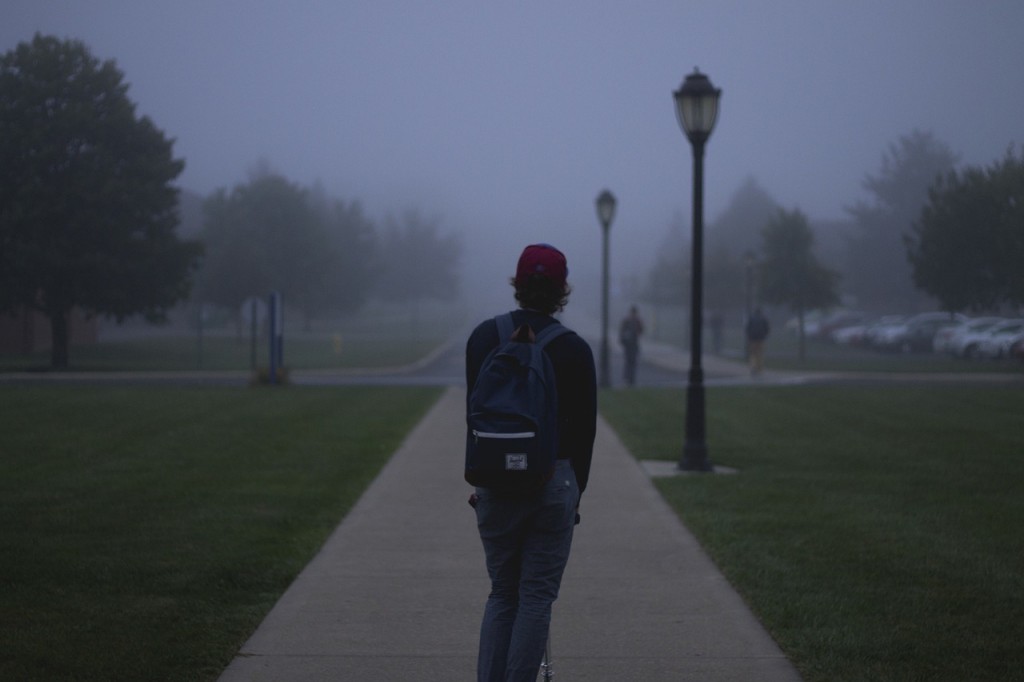For years, the conversation around addiction and drug policy has been shaped by a stark binary. Either addiction is a sin, which should be dealt with via the criminal justice system — or it is a disease, which should be handled as a medical problem. In reality, the way the US and UK have dealt with addiction has been a maddening muddle of the two: for groups of people we like, the condition is treated medically, and for those we don’t, incarceration is imposed.
However, there’s a better way to see addiction that not only more accurately characterises the condition, but also suggests a way out of the failed drug war that has resulted from and reinforces the moral view. That is, addiction is best understood as a learning disorder, one that typically develops over the course of childhood and adolescence and results in compulsive behaviour regardless of negative consequences.
My own story of addiction helped me recognise its nature; in my late teens and early 20s, I became addicted to cocaine and heroin, ultimately getting to the point where I was injecting multiple times a day. But the real problem had begun much earlier, during a middle class New York childhood of academic success and social failure.
Looking back, I can see that my unusually intense temperament was the source of both my strengths and my weaknesses. It got me into Columbia College by giving me obsessive intellectual focus — but it also pushed me out as the cocaine that finally allowed me to feel connected led to a suspension for dealing and then, to heroin.
When I started to study addiction, I found that it only really made sense when understood from the perspective of learning and development. Scientists have long recognised that learning is critical to addiction: for one, in order to be addicted, people need to learn to associate the drug with some sort of comfort or relief. On a very basic conditioning level, if you don’t know that the substance is what fixes you, you cannot crave and seek it — let alone do so despite consequences.
But the role of learning in addiction goes much deeper. Addiction is a very specific type of learning, which occurs in a particular network of brain circuitry and is therefore profoundly influenced by brain development. And this explains many of its most puzzling features.
For one, why is addiction so common during the teens and early 20s — but far less so later in life? Studies find that 90 percent of all addictions start during youth — but about half end by age 30 (with the exception of those to nicotine in the form of cigarettes). Both social and developmental factors combine to make this high risk period dangerous. First, during adolescence, the key circuitry of addiction — the regions that drive pleasure, desire and motivation — changes profoundly.
Initially, these areas amp themselves up — this is how evolution gets kids out of the house and into the world of peers and potential mates. But it is not until people reach their mid 20s that the development of the areas that put the brakes on desire and risk-taking become mature, which is exactly when many people tend to start the process of recovery.
In my own case, in fact, I got into recovery at 23: right in the middle of the age range when the prefrontal cortex finally reaches its adult form. I don’t know if this maturation is what allowed me to recover then or if it was just a coincidence — but it surely didn’t hurt that my brain was more capable of exerting self-control when I decided that I needed help and entered rehab.
Another quality of addiction that becomes much more explicable when learning is taken into account is its failure to respond to punishment. Addiction is learning that goes on the brain areas designed to foster survival and make us fall in love. To pursue survival and love — whether for a partner or a new baby — despite all the difficulties that arise in human relationships, requires perseverance. When these motivational centres become convinced that achieving some goal is necessary for survival or reproductive success, changing course becomes extremely difficult. This is not healthy when that goal is getting more drugs.
And this is why despite obstacles like losing family, friends, jobs, homes, possessions and other things that matter to healthy people, addiction continues and even seems wilful and planned. Although people with addiction aren’t zombies whose brains have been captured by evil drugs, they have had their priorities changed by a form of misguided learning.
All of this has clear and obvious policy implications. For one, since addiction doesn’t respond to negative consequences, punishment is not exactly a smart way of dealing with it. Instead, addiction needs to be managed by providing alternative ways of coping. This, of course, requires working out what problems people are trying to solve with their addictions. In at least half of all cases, the problem is mental illness and this needs to be treated before people can get and stay better.
Two thirds of people with addiction also have problems related to childhood trauma — and again, ways of managing this need to be offered. For the most severely traumatised people, recovery may not be possible until better coping skills can be developed: this is one reason that harm reduction approaches, which work with people who are still using drugs, are essential.
For opioid addiction in particular, maintenance treatment with opioid medications like methadone, buprenorphine or heroin itself is essential to saving lives: these methods are the only approaches known to cut the death rate by 50 to 70 percent or even more.
And, for prevention, understanding how the interaction of temperament and environment shape addiction risk is critical. Addiction is more likely to be learned in some settings than others — being raised in a dangerous, stressful and unpredictable environment creates higher risk than being brought up in a safe and more supportive world.
People with outlying temperaments are at greater risk than those who fit in more easily — helping them cope before they become socially isolated and distressed will reduce risk, as will creating schools and communities that are tolerant of differences and welcoming.
Once we recognise that learning is a critical element of addiction and that it should be understood as more comparable to other learning disorders — like ADHD and dyslexia — we will be able to dramatically improve the way we help and stop doing so much harm.
Maia Szalavitz is a journalist and author, who has been published in TIME, The Guardian and VICE. Her latest book, Unbroken Brain, was published in the UK on 5th April 2016.



